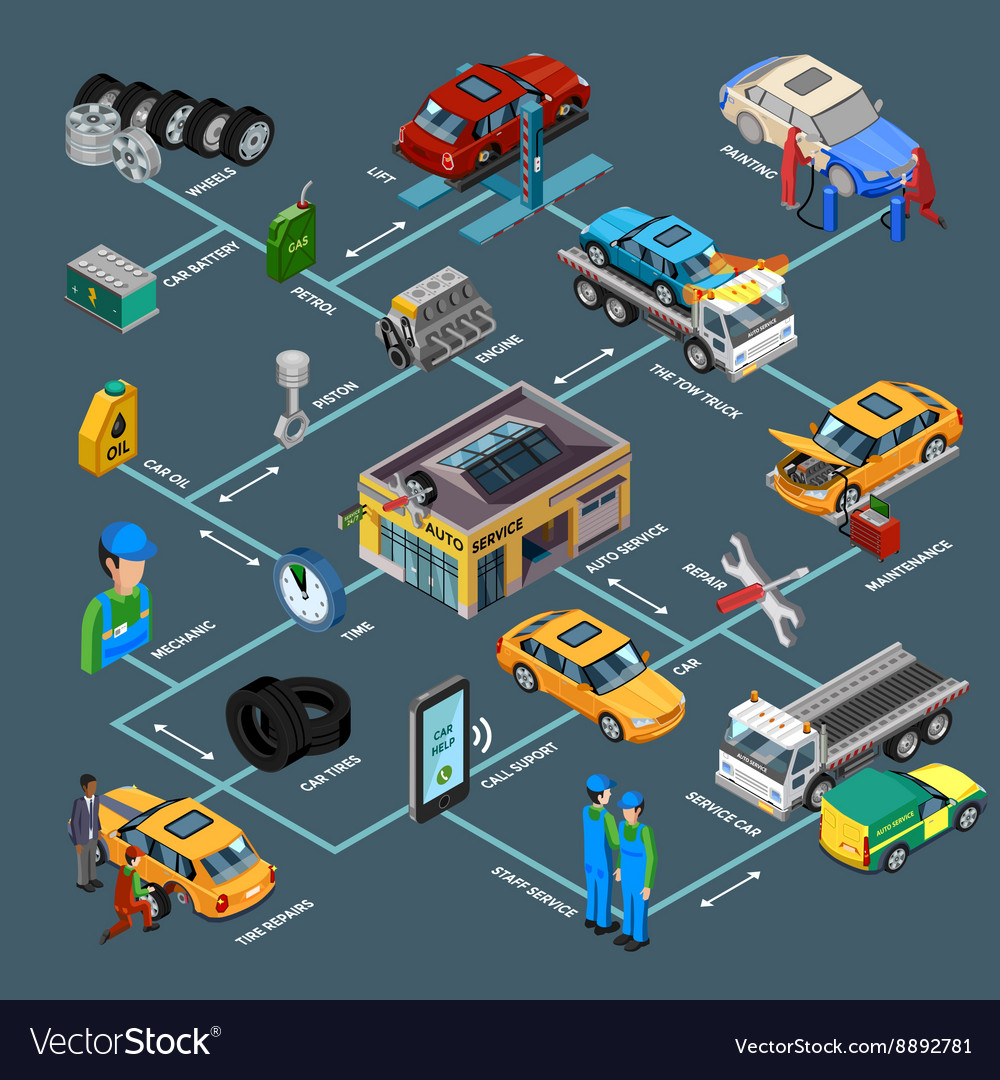Deciphering Your Automobile'S Caution Indicators: What They Truly Indicate
Deciphering Your Automobile'S Caution Indicators: What They Truly Indicate
Blog Article
Developed By-Termansen Forbes
When you're behind the wheel, those radiant caution lights on your control panel can be a bit difficult. Do you understand what they're trying to tell you concerning your car's health? Recognizing the relevance of these lights is crucial for your safety and security and the longevity of your lorry. So, the following time among those lights pops up, wouldn't you wish to analyze its message properly and take the required steps to resolve it?
Common Caution Lighting and Interpretations
Recognize usual caution lights in your vehicle and comprehend their significances to make sure risk-free driving.
One of the most normal warning lights include the check engine light, which signifies issues with the engine or discharges system. If this light comes on, it's crucial to have your automobile examined quickly.
The oil pressure alerting light suggests reduced oil stress, requiring prompt focus to stop engine damages.
A flashing battery light might suggest a defective billing system, potentially leaving you stranded otherwise attended to.
The tire stress surveillance system (TPMS) light informs you to reduced tire stress, impacting car security and fuel effectiveness. Neglecting this can cause unsafe driving conditions.
The abdominal light indicates a trouble with the anti-lock stopping system, compromising your capability to stop quickly in emergency situations.
Last but not least, the coolant temperature cautioning light warns of engine getting too hot, which can lead to serious damages if not settled quickly.
Comprehending these typical caution lights will assist you attend to problems quickly and maintain risk-free driving conditions.
Value of Prompt Focus
Recognizing the common caution lights in your auto is just the first step; the value of quickly addressing these warnings can not be highlighted enough to ensure your safety and security when traveling.
When a warning light brightens on your control panel, it's your auto's way of communicating a potential problem that needs focus. Disregarding these cautions can bring about much more extreme issues later on, endangering your safety and possibly costing you much more in repairs.
Trigger interest to alerting lights can stop failures and mishaps. For example, a blinking check engine light might show a misfire that, if left neglected, might create damages to the catalytic converter. Addressing this immediately can save you from a costly repair service.
In a similar way, a brake system warning light may indicate reduced brake liquid or worn brake pads, critical parts for your safety when driving.
DIY Troubleshooting Tips
If you discover a warning light on your dashboard, there are a couple of do it yourself fixing ideas you can try before seeking specialist help.
The first step is to consult your automobile's guidebook to comprehend what the details warning light suggests. In https://fernandoungzr.thelateblog.com/30461564/seasonal-lorry-upkeep-key-vehicle-describing-tips-for-your-automobile can be as simple as a loosened gas cap causing the check engine light. Tightening up relevant web page might deal with the issue.
One more typical concern is a low battery, which can set off various warning lights. Checking the battery links for rust and guaranteeing they're safe might take care of the issue.
If a warning light persists, you can attempt resetting it by disconnecting the cars and truck's battery for a few minutes and afterwards reconnecting it. Additionally, checking your vehicle's fluid degrees, such as oil, coolant, and brake liquid, can assist repair alerting lights associated with these systems.
Conclusion
Finally, understanding your cars and truck's caution lights is important for maintaining your car running efficiently and safely. By without detailing attending to these alerts and recognizing what they mean, you can avoid pricey repair work and possible malfunctions.
Remember to consult your auto's handbook for certain details on each warning light and act appropriately to ensure a trouble-free driving experience.
Remain educated, stay risk-free on the road!
